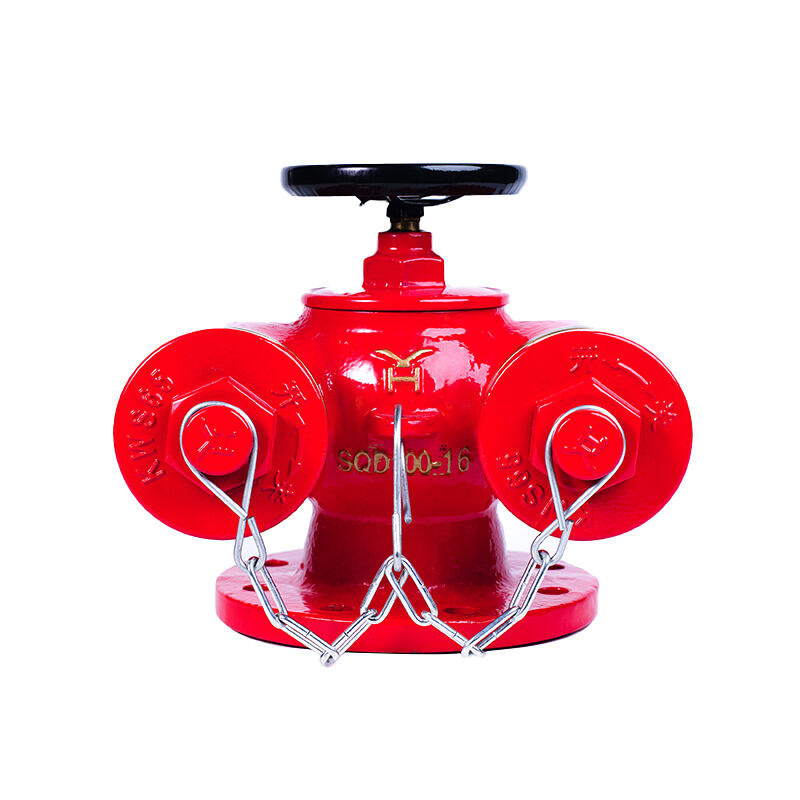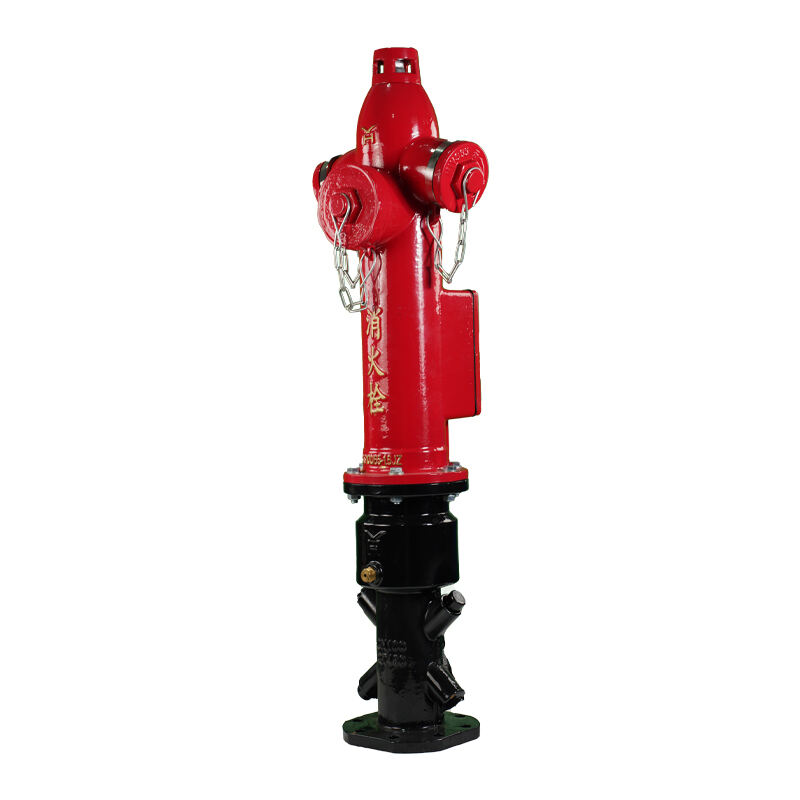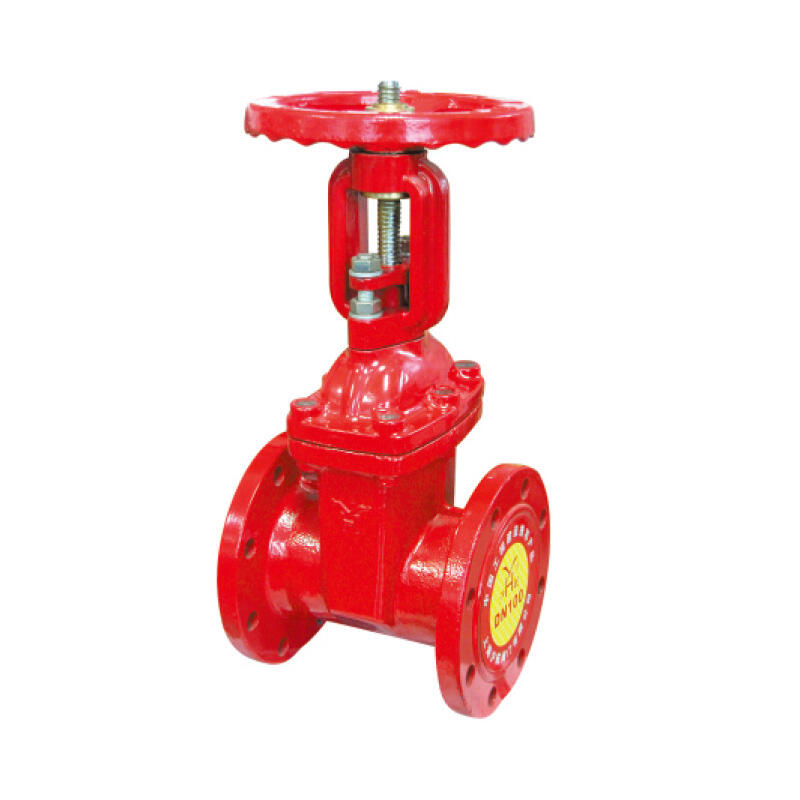fire hydrant in building
Fire hydrants in buildings represent critical components of modern fire protection systems, serving as essential emergency water access points. These devices are strategically installed throughout buildings to provide firefighters with immediate access to water supply during fire emergencies. The system typically consists of a standpipe system connected to the building's main water supply, with outlets positioned on each floor. Modern building fire hydrants feature sophisticated pressure regulation mechanisms that ensure consistent water flow regardless of the building's height or water demand. They are equipped with standardized coupling connections compatible with firefighting equipment, allowing for rapid deployment during emergencies. These systems are designed to maintain a minimum pressure of 65 PSI and can deliver water flow rates up to 500 gallons per minute. Advanced models incorporate smart monitoring systems that continuously check water pressure, temperature, and system integrity, alerting building management to any potential issues before they become critical. The installation follows strict building codes and standards, with regular maintenance and testing requirements to ensure reliable operation when needed. These systems often include auxiliary features such as pressure-reducing valves for high-rise buildings and anti-freeze mechanisms for cold-climate installations.


